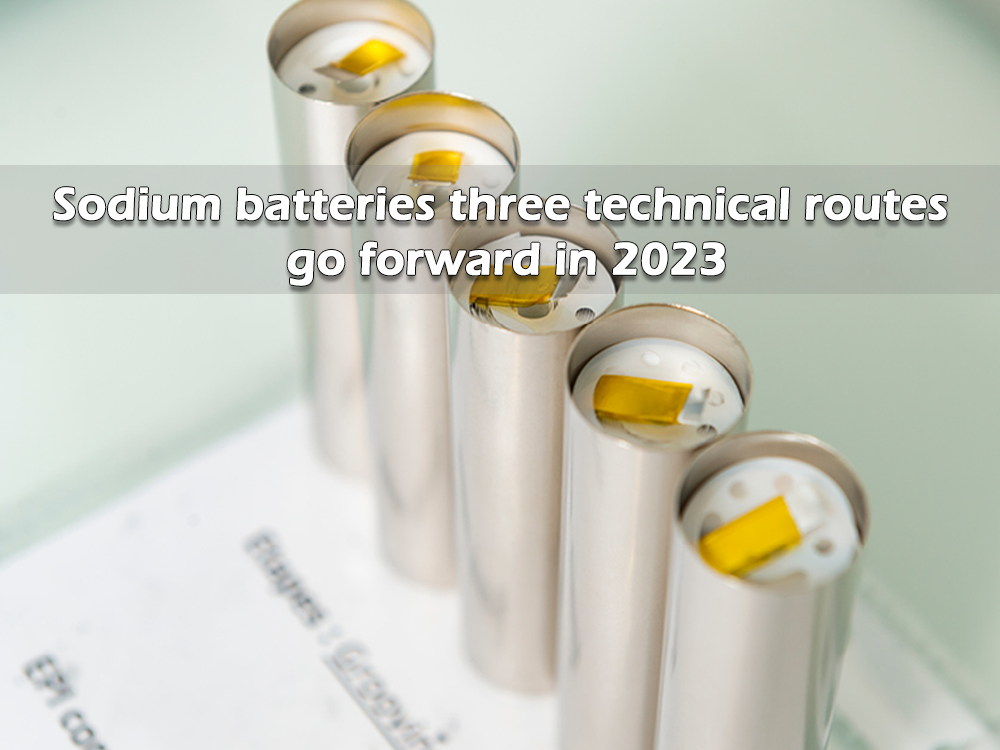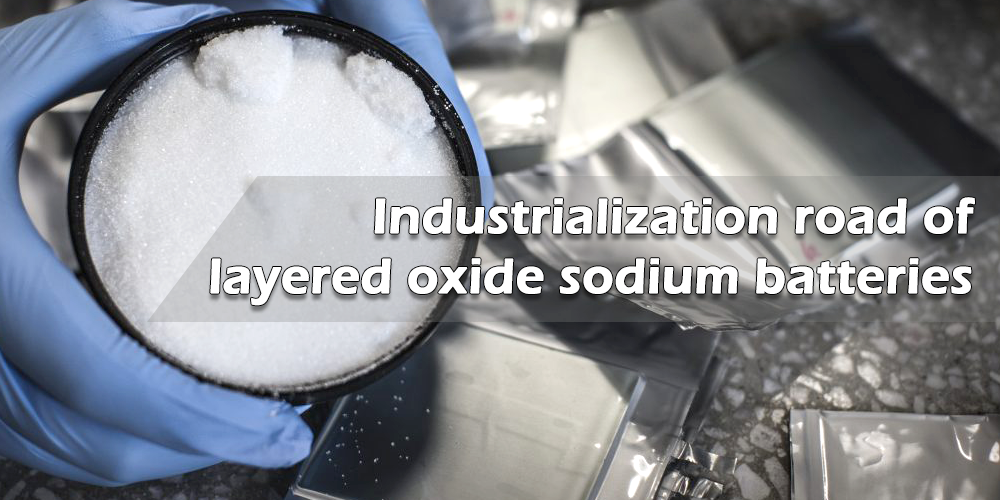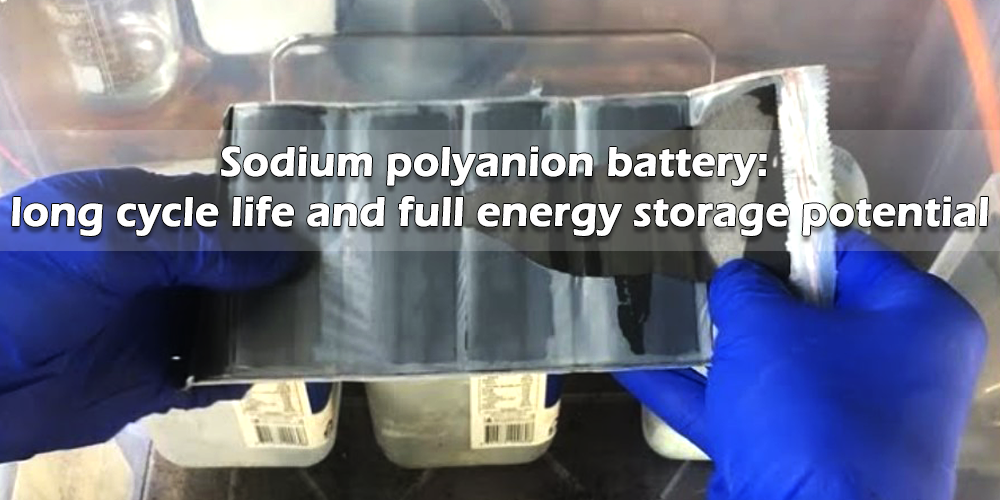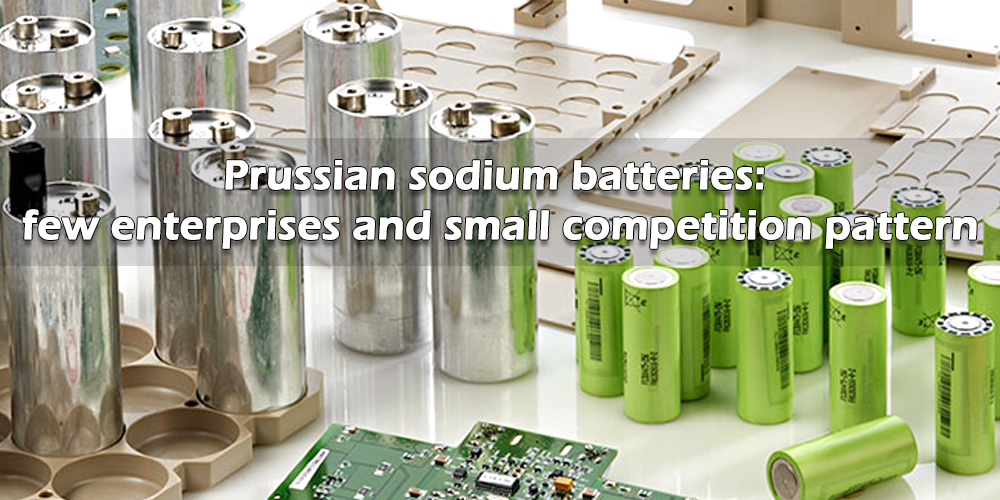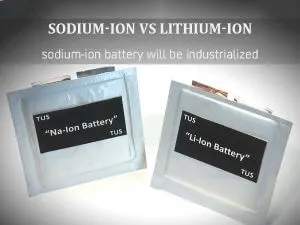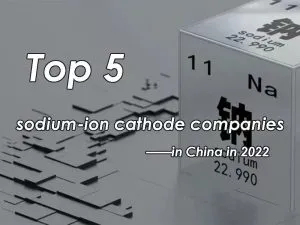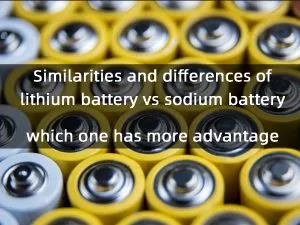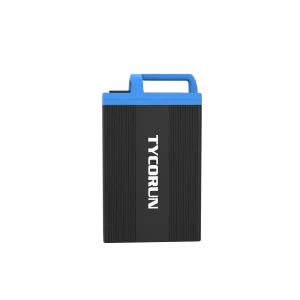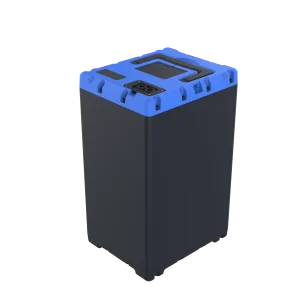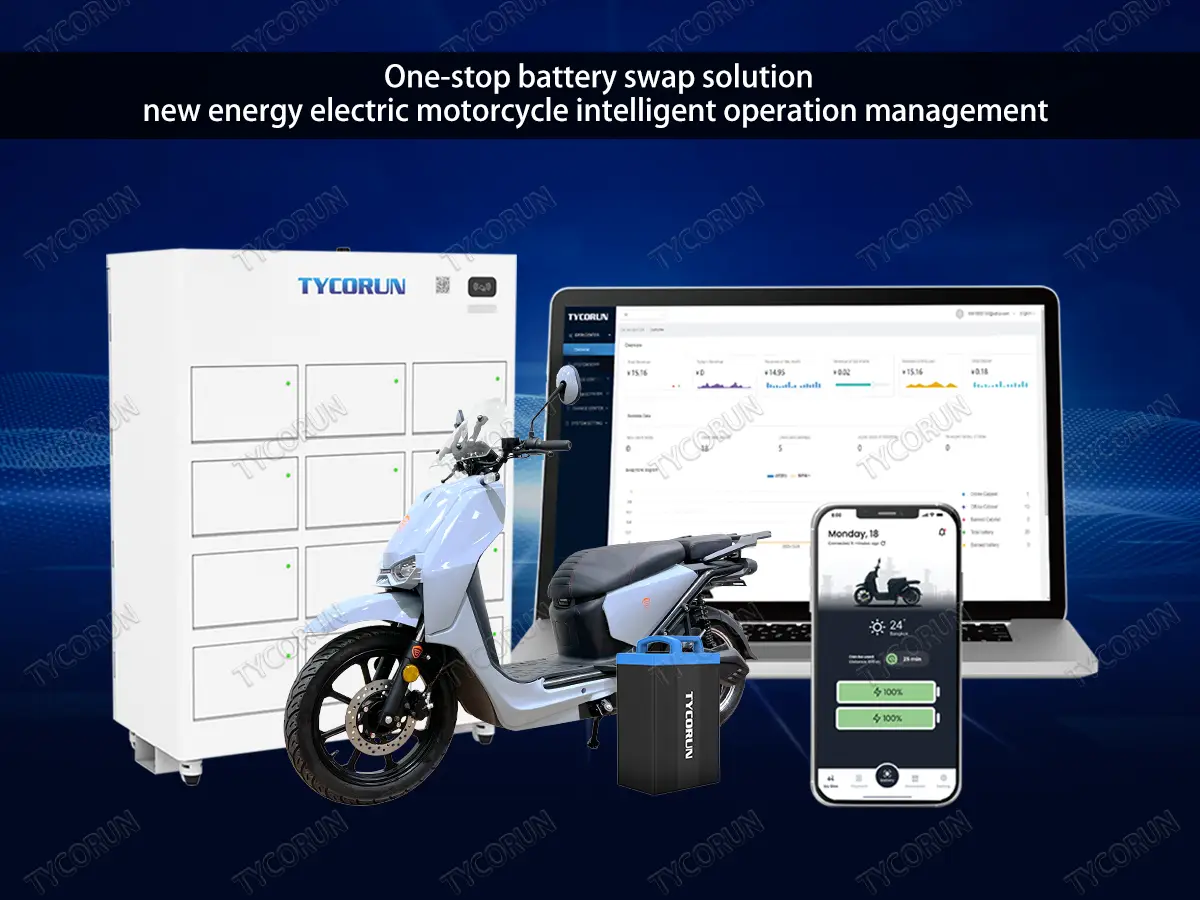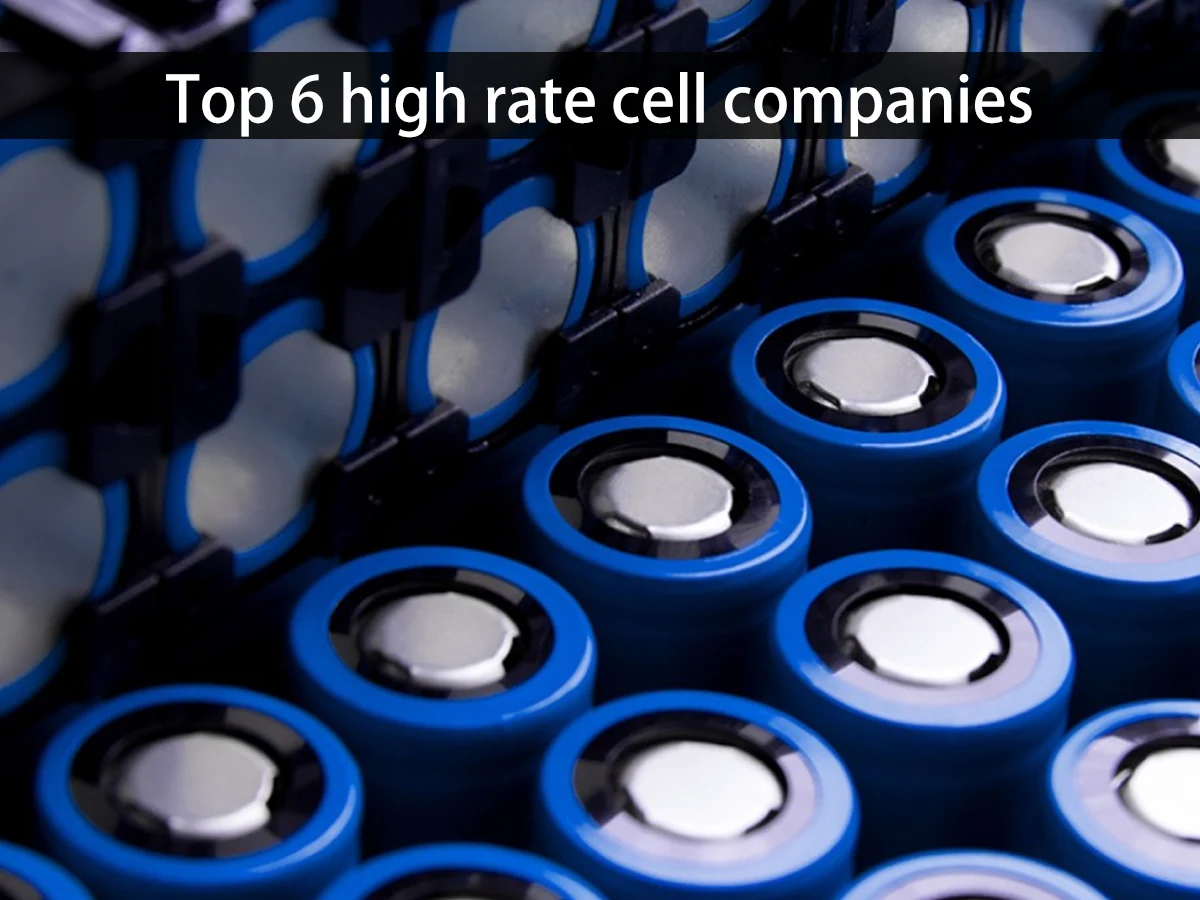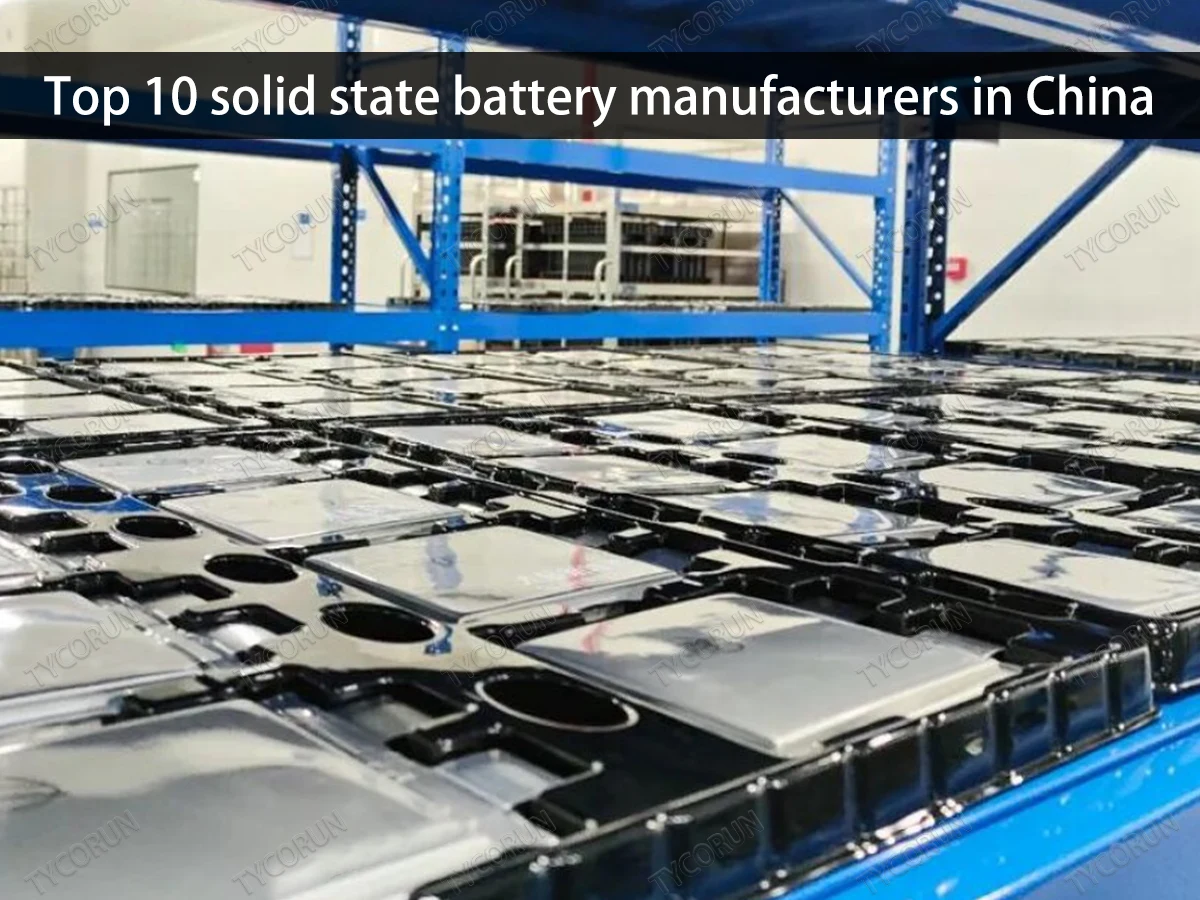Sodium batteries three technical routes go forward in 2023

● The energy density and rate performance of layered oxides are the best among the three technical routes, and the industrialization has been completed first.
● Polyanionic compounds have high stability and electrochemical stability, and have the longest theoretical cycle life. They have broad application prospects in landing low-speed vehicles and energy storage, and their industrialization speed is relatively fast.
● In terms of Prussian compounds, due to the production of crystallization and the generation of toxic gases after thermal runaway, the current industrialization progress is relatively slow.
Industrialization road of layered oxide sodium batteries
Layered oxides are currently the mainstream technology route for sodium batteries, and their structure can be compared to ternary materials in ternary lithium battery, with relatively high specific capacity.
Difficulties such as easy phase change, high residual alkali, and easy moisture absorption can be solved by doping other elements, and its process flow is similar to that of ternary battery materials, and it is the first to complete industrialization.
Since the beginning of 2023, many companies have officially announced sodium power projects, which will further promote the application of layered oxide sodium batteries.
In the light vehicle market, PHYLION released the first-generation sodium battery “Super Sodium F1” on January 12, which will be used in PHYLION two-wheel vehicles in the future. In terms of performance, it is comparable to lithium batteries, with more than 2,000 cycles at room temperature, and the cost is about 20% lower than that of current lithium batteries.
In the power market, Farasis provides sodium-ion battery pack assembly services for related electric vehicle companies and will start mass production of batteries. Previously, Farasis stated that the technical route in sodium electricity is layered oxide + hard carbon.
In the field of energy storage, HiNa BATTERY has released a variety of sodium battery cells, including 12Ah cylindrical cells with an energy density of 140Wh/kg and a cycle life of 2000-3000 times. Square has developed two types of batteries, 80Ah and 240Ah, which can be used in different fields such as electric passenger vehicles, industrial and commercial energy storage, and home energy storage.
From the perspective of materials, the production line of HiNa BATTERY thousand-ton sodium battery positive and negative materials has been running stably for half a year. However, according to the analysis of relevant industry insiders, if the price of lithium ore is further reduced to below 300,000 RMB/ton, it will be difficult to realize the cost advantage of layered oxides.
Sodium polyanion battery: long cycle life and full energy storage potential
Polyanionic compounds have a strong and open three-dimensional network structure. Polyanionic compounds can be compared to lithium iron phosphate in lithium battery materials, with a gram capacity of 80-130 mAh/g, high stability and electrochemical stability, and the longest theoretical cycle life. However, due to the poor conductivity and low energy density of polyanions, the cost of the vanadium-doped line is relatively high, and the energy density of the iron-doped line is poor. Currently, it is mainly used as a reserve solution.
Industry insiders believe that the polyanion technology route has the lowest cost among the three materials, and it may be more advantageous when the price of lithium mines continues to decline. On the application side, the material is more suitable for the energy storage market due to its longest theoretical cycle life.
Not only that, the polyanion technical route includes sodium vanadium phosphate, sodium manganese vanadium phosphate, sodium ferric sulfate, etc. It is worth mentioning that the leading sodium ion battery manufacturers mainly focus on the R&D and manufacturing of sodium ferric sulfate batteries.
At present, ZOOLNASM has achieved a laboratory battery energy density of 160wh/kg and an engineering cell of 120wh/kg, with excellent high and low temperature and rate performance. At present, ZOOLNASM has achieved the first batch of sodium battery energy storage modules and low-speed two wheeler battery PACK off the assembly line. Not only that, since the beginning of 2023, many companies have also officially announced polyanion sodium power projects.
Prussian sodium batteries: few enterprises and small competition pattern
The Prussian compound is a typical cubic crystal structure, and all its metal ions are located at the corners of the cube, with a large tunnel structure that allows the free intercalation and deintercalation of sodium ions. Its theoretical rate performance and cycle performance are excellent, and its gram capacity reaches 90-140 mAh/g.
However, due to the difficulty in controlling crystal water in the mass production of Prussian compounds, the current stability is poor, and the process control needs to be further matured. The progress of industrialization will increase simultaneously with the progress of research.
Previously, the materials used in the first-generation sodium batteries launched by CATL were Prussian compounds. According to the latest news, CATL is committed to promoting the industrialization of sodium-ion batteries in 2023. CATL is currently comprehensively promoting the layout of battery technologies such as sodium ion, M3P, condensed matter, drill-free batteries, solid state battery, and rare metal-free batteries.
According to industry analysis, pigment companies have certain advantages in technology and resources in the deployment of Prussian compound cathode materials, fast entry speed, and better control of production costs. It will become a trend for pigment companies to deploy Prussian compound cathode materials.
At present, Malion and HIFICHEM have invested the most in the industrialization of Prussian compounds. Previously, XingKong Sodium Electricity had completed the application of Prussian blue sodium batteries in pouch battery systems and established a pilot test line for sodium batteries.
Conclusion
In general, the road to the industrialization of layered oxide sodium electricity is relatively clear, and there are many companies entering the market. The production capacity plan for 2023 is relatively large, and a breakthrough has been achieved in supporting the A00 model, and the application is broader. Polyanionic compound sodium batteries are in greater demand in the markets of two-wheeled vehicles and energy storage, which require higher cycle life.
The progress of industrialization of Prussian compounds is relatively slow. With the emergence of polyanionic compounds and Prussian compound material technology, technology, manufacturing process breakthroughs and more landing applications, their industrialization process will be accelerated.


